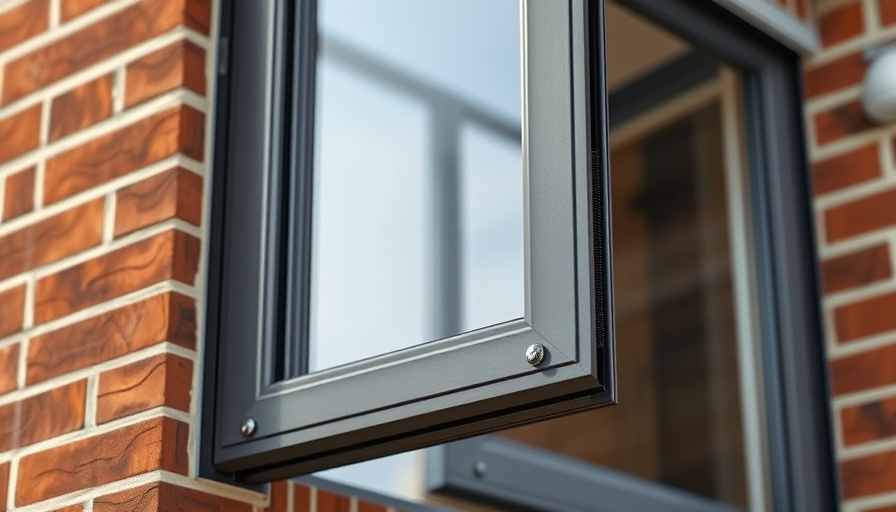
Understanding Window Installation: The Barrier vs. Drainage Debate
When it comes to window installation, homeowners often face a critical choice: the barrier method or the drainage method. Both techniques aim to protect buildings from water intrusion, but they approach the challenge in different ways. The barrier method creates a watertight seal, while the drainage method allows water to flow away from the window, reducing the risk of leakage. Understanding these methods' principles is essential for making informed choices that ensure the longevity and performance of windows in any home.
Historical Context: Changing Approaches to Window Installation
The methods of window installation have evolved significantly over the years. Traditionally, builders relied on the barrier method, which involved applying caulk and weather stripping to create a watertight seal. This approach was fundamental but did not account for dynamic weather conditions or improper installation techniques, which could lead to moisture buildup behind the wall. As standards in building materials and techniques have improved, the drainage method has emerged, focusing on directing water away from the window, thus minimizing potential damage.
Why This Choices Matters: Protection from Water Intrusion
Choosing between the barrier and drainage methods can significantly impact a home’s structural integrity. Water intrusion is one of the leading causes of mold growth and structural damage. The barrier method can suffice in dry climates, but in regions prone to heavy rain or snow, the drainage method provides a more reliable solution. It operates on the principle that even a perfectly sealed window can fail; hence, providing a drainage solution mitigates risk.
Expert Insights: Balancing Risk and Technology
Experts in building science advocate for understanding environmental factors when deciding on a window installation method. According to a [report](https://www.greenbuildingadvisor.com/question/window-install-barrier-vs-drainage-method) by Green Building Advisor, the shift towards drainage methods is based on empirical data that shows reduced moisture levels in homes. With advancements in technology, modern materials like synthetic flashing and membranes now allow for better execution of the drainage method, making it a favorite among builders and architects alike.
Future Trends: Sustainability in Building Practices
The future of window installation will likely see a blend of both methods, enhanced by innovations in materials and sustainability practices. Homeowners are increasingly concerned about energy efficiency and environmental impacts. Incorporating permissible drainage solutions with the barrier method can lead to windows that not only prevent water intrusion but also enhance overall energy efficiency by maintaining insulation performance.
Common Misconceptions: Clearing the Air
One common misconception is that the barrier method is inherently superior due to its simplistic application. However, as construction techniques and technology advance, so too do the capabilities of drainage methods. The reality is not one-size-fits-all; the best choice depends on specific regional weather patterns, the age of the building, and the installation conditions.
Practical Implementation Tips
For homeowners or builders planning a window installation, it’s crucial to assess the local climate and building codes. In wetter areas, using a drainage system with adequate flashing and weep holes to allow water to escape can significantly enhance durability. Conversely, in dry climates where water intrusion risks are lower, a barrier system can still provide adequate protection.
In conclusion, the choice between the barrier and drainage methods in window installation is not just about preference; it’s about understanding the implications of each method on the home's health and maintenance. By gaining insights into these technologies, homeowners can ensure that their windows serve effectively for years to come.
 Add Row
Add Row  Add
Add 






Write A Comment